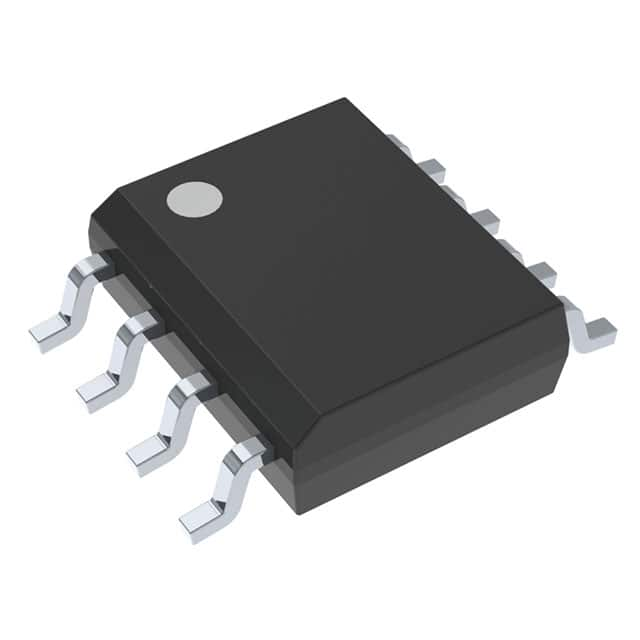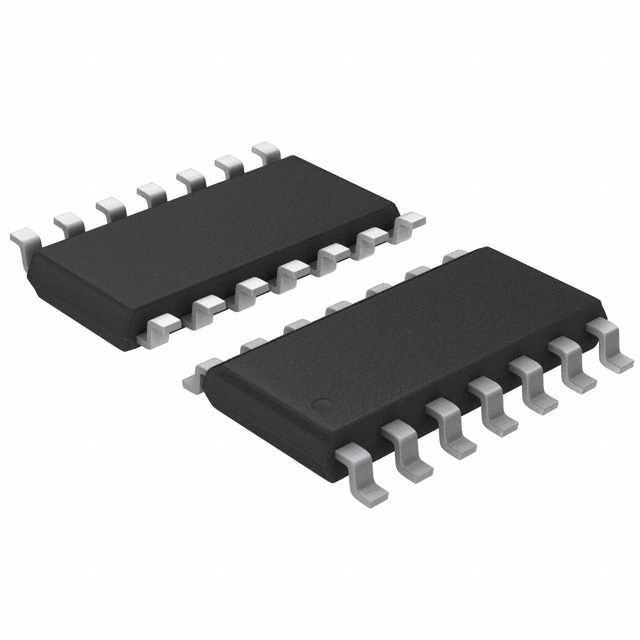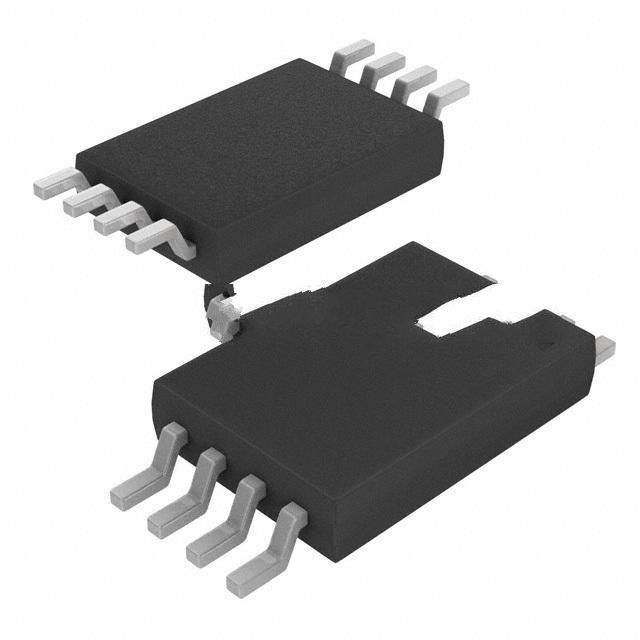N84C161WD28TG Product Introduction:
ON Semiconductor Part Number N84C161WD28TG(PMIC - Supervisors), developed and manufactured by ON Semiconductor, distributed globally by Jinftry. We distribute various electronic components from world-renowned brands and provide one-stop services, making us a trusted global electronic component distributor.
N84C161WD28TG is one of the part numbers distributed by Jinftry, and you can learn about its specifications/configurations, package/case, Datasheet, and other information here. Electronic components are affected by supply and demand, and prices fluctuate frequently. If you have a demand, please do not hesitate to send us an RFQ or email us immediately sales@jinftry.com Please inquire about the real-time unit price, Data Code, Lead time, payment terms, and any other information you would like to know. We will do our best to provide you with a quotation and reply as soon as possible.
Introducing the onsemi N84C161WD28TG, a cutting-edge semiconductor device designed to revolutionize the electronics industry. This advanced product boasts a wide range of features that make it a game-changer in various application fields.
The N84C161WD28TG is equipped with a high-performance 84C161 microcontroller, offering exceptional processing power and efficiency. With a clock speed of 28TG, it ensures lightning-fast data processing, enabling seamless multitasking and enhanced system performance.
One of the standout features of this product is its extensive memory capacity. With 128KB of Flash memory and 4KB of RAM, it provides ample storage space for complex algorithms and data-intensive applications. This makes it ideal for use in automotive systems, industrial automation, and consumer electronics.
Furthermore, the N84C161WD28TG offers a wide range of communication interfaces, including UART, SPI, and I2C, allowing for seamless connectivity with other devices. This enables easy integration into existing systems and facilitates efficient data exchange.
The N84C161WD28TG also boasts low power consumption, making it an energy-efficient solution for battery-powered devices. Its robust design ensures reliable operation even in harsh environments, making it suitable for industrial applications.
In summary, the onsemi N84C161WD28TG is a versatile and powerful semiconductor device that offers exceptional performance, extensive memory capacity, and seamless connectivity. With its wide range of features, it is the perfect choice for automotive systems, industrial automation, and consumer electronics. Upgrade your systems with the N84C161WD28TG and experience the future of electronics.
Pmic-supervisors (Power Management Integrated circuit-Supervisors) is a highly Integrated Circuit component, which can detect key parameters such as voltage, current and temperature of the power system in real time, and take corresponding protective measures when necessary. To ensure the stable operation of the power system and the safety of the equipment. PMIC monitors usually integrate a variety of functions, such as overvoltage protection, undervoltage protection, overtemperature protection, etc.
Application
Pmic-supervisors (Power Management Integrated Circuit-Supervisors), as a key component of electronic equipment, is mainly responsible for real-time monitoring and adjusting the status of the power system, ensuring stable voltage and current, efficient battery management, and providing multiple protection functions. Its wide range of applications, covering mobile devices, consumer electronics, automotive electronics and industrial control and other industries, to ensure the stable operation of equipment and extend the service life.
FAQ about PMIC - Supervisors
-
1. What is the difference between PMU and PMIC?
The main difference between PMU and PMIC is that they have different application scenarios and functional positioning. PMU is a power management unit, which is mainly used in portable devices to integrate traditional discrete power management chips to improve efficiency and reduce power consumption. PMIC is a power management integrated circuit, which is mainly used for highly integrated power management solutions, encapsulating multiple output power supplies in one chip to improve efficiency and reduce size.
-
2. What is a power monitor?
A power monitor is a device used to monitor the power status. It can monitor the voltage, current, temperature and other parameters of the power supply in real time, and issue alarm information in time to help users detect power failures in time and ensure the stable operation of the equipment.
The main functions of the power monitor include:
Improving the reliability and stability of the power system: By monitoring the voltage, current, power, frequency and other parameters of the power system in real time, timely discovering and alarming the power system's faults, abnormalities, overloads, short circuits, etc., to prevent power system failures from causing equipment downtime or data loss.
Optimizing the operating efficiency of the power system: Monitoring data can help optimize the operation of the power system, improve energy utilization, and reduce energy consumption and costs.
Provide real-time monitoring data and reports: The power parameters are collected by sensors, the monitor processes the data and issues an alarm, and the data transmission device transmits the monitoring data to the host computer or cloud server. Managers can perform real-time monitoring and data analysis, provide data reports and decision support.
-
3. Why do we need PMIC ?
PMIC (power management IC) plays a vital role in modern electronic devices. It can effectively manage and optimize the use of power to ensure the stable operation of the equipment and extend the battery life.
The core functions of PMIC include:
Power status monitoring: real-time monitoring of parameters such as battery power, voltage and current, judging the power status according to the set threshold, and issuing warning signals when necessary.
Energy optimization: Automatically adjust the power supply mode according to the equipment usage and requirements to meet the needs of the equipment and avoid energy waste.
Protection function: Provide overload, overheating, short circuit and other protection functions to ensure the safe operation of the equipment.
Energy saving function: Automatically reduce the power supply power or enter the energy saving mode when the equipment is in standby mode to extend the battery life.
The importance of PMIC is reflected in many aspects:
Improve equipment performance and responsiveness: By optimizing power transmission, ensure that components receive the right power at the right time, thereby improving equipment performance and responsiveness.
Extend battery life: Reduce power waste, extend battery life, and reduce environmental impact.
Miniaturize equipment: Play a role in high power density and integration to achieve miniaturization of electronic products.
Ensure equipment safety: Through a variety of protection functions, ensure that the equipment can operate safely under various working conditions.
In summary, PMIC is indispensable in modern electronic devices. It not only improves the performance and safety of the equipment, but also extends battery life and reduces environmental impact. It is a key technology for realizing efficient, safe and miniaturized electronic devices.
 Lead free / RoHS Compliant
Lead free / RoHS Compliant




























